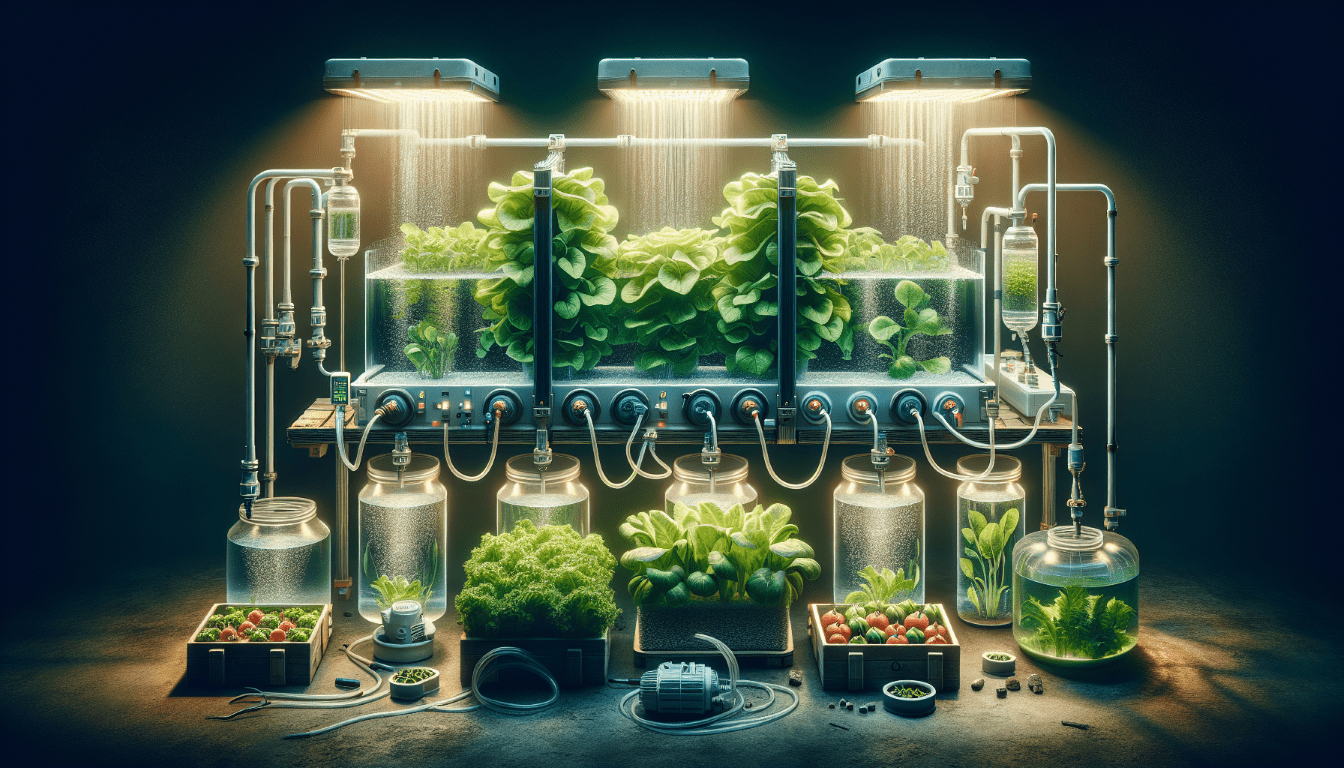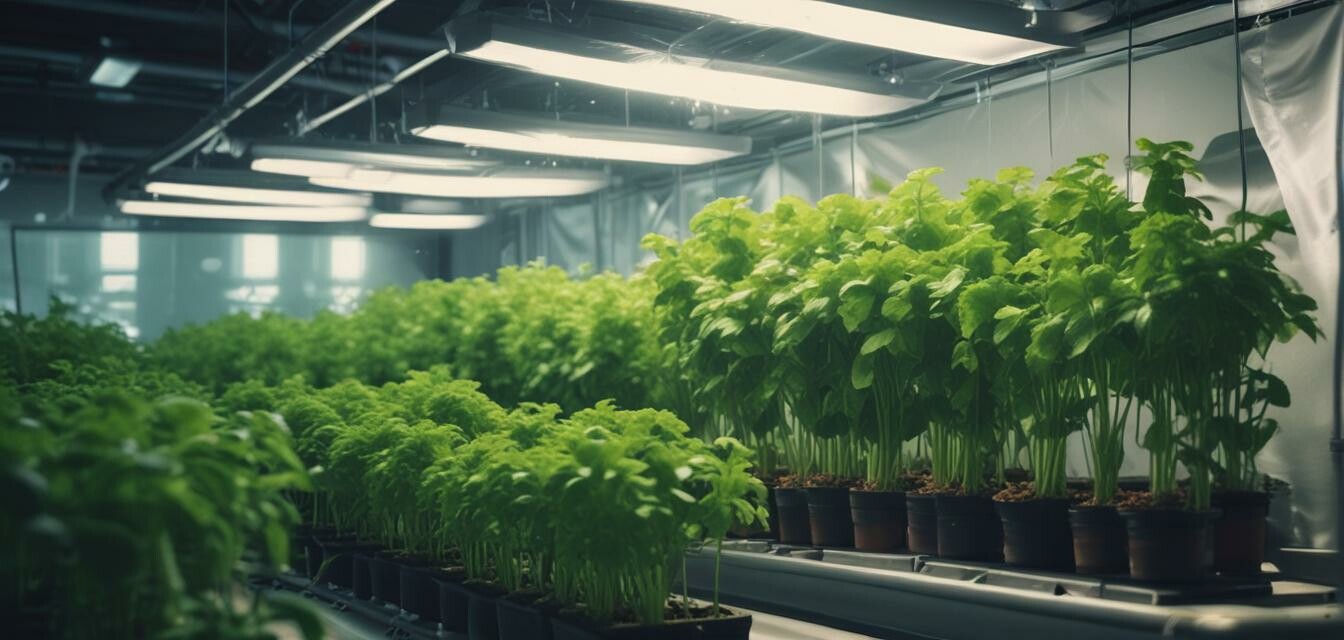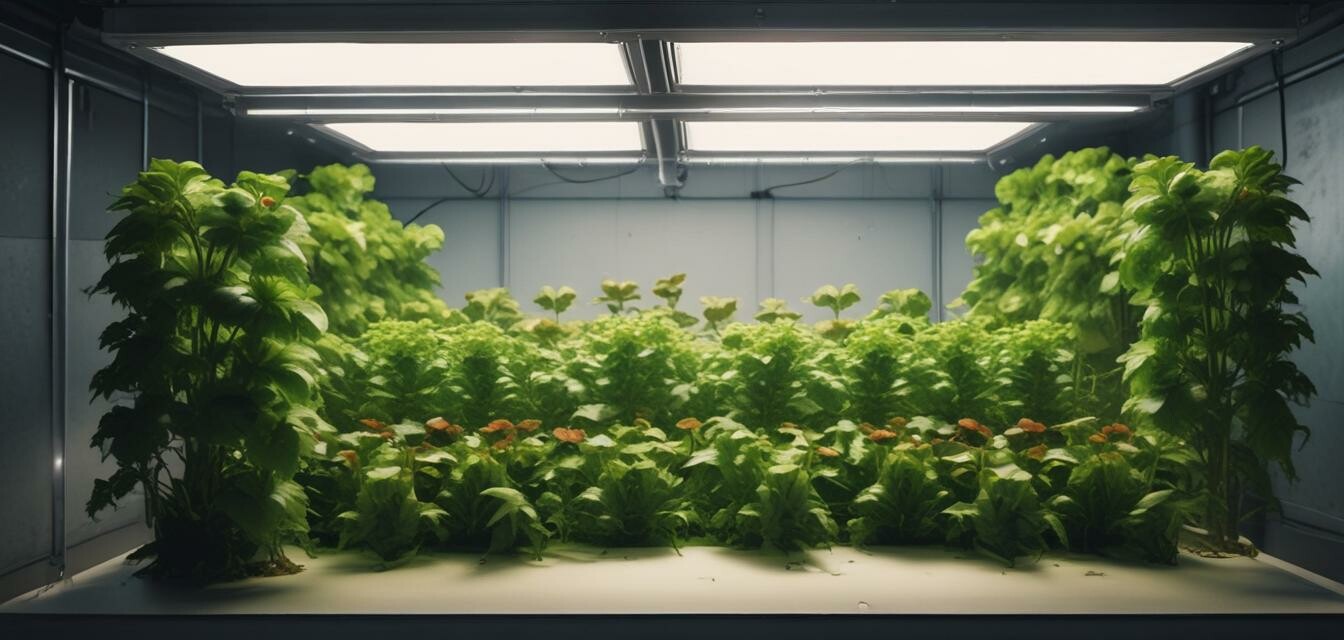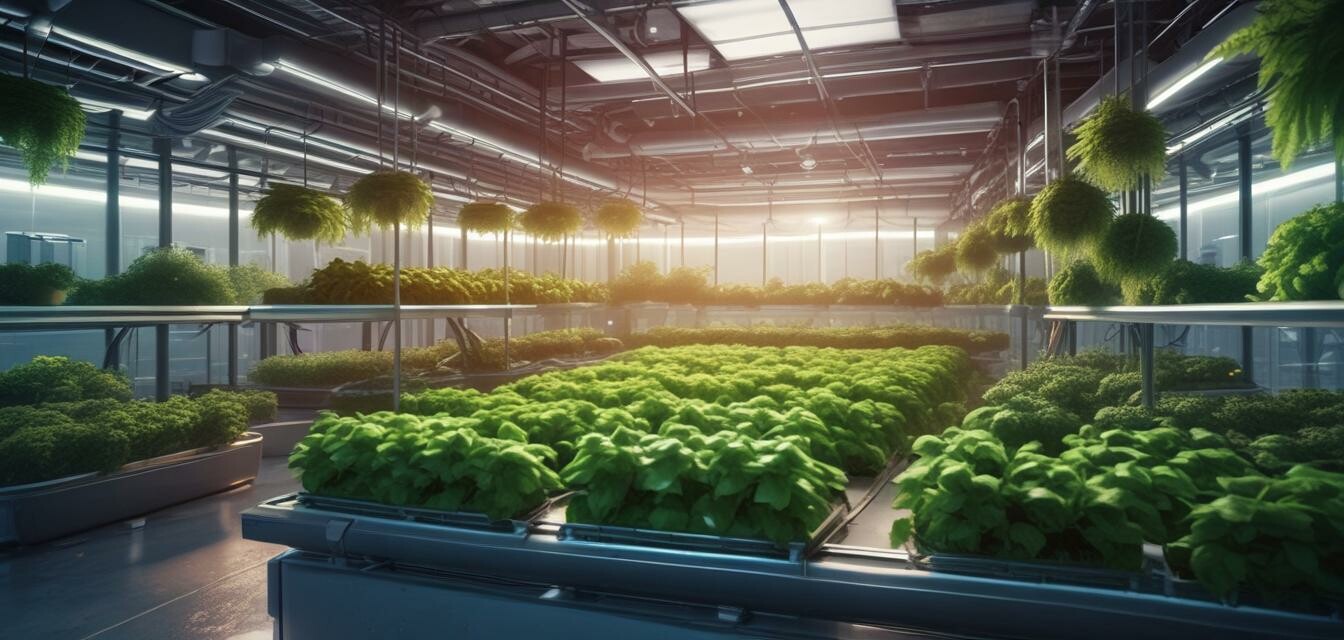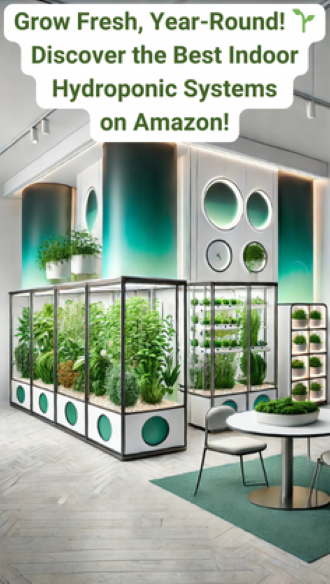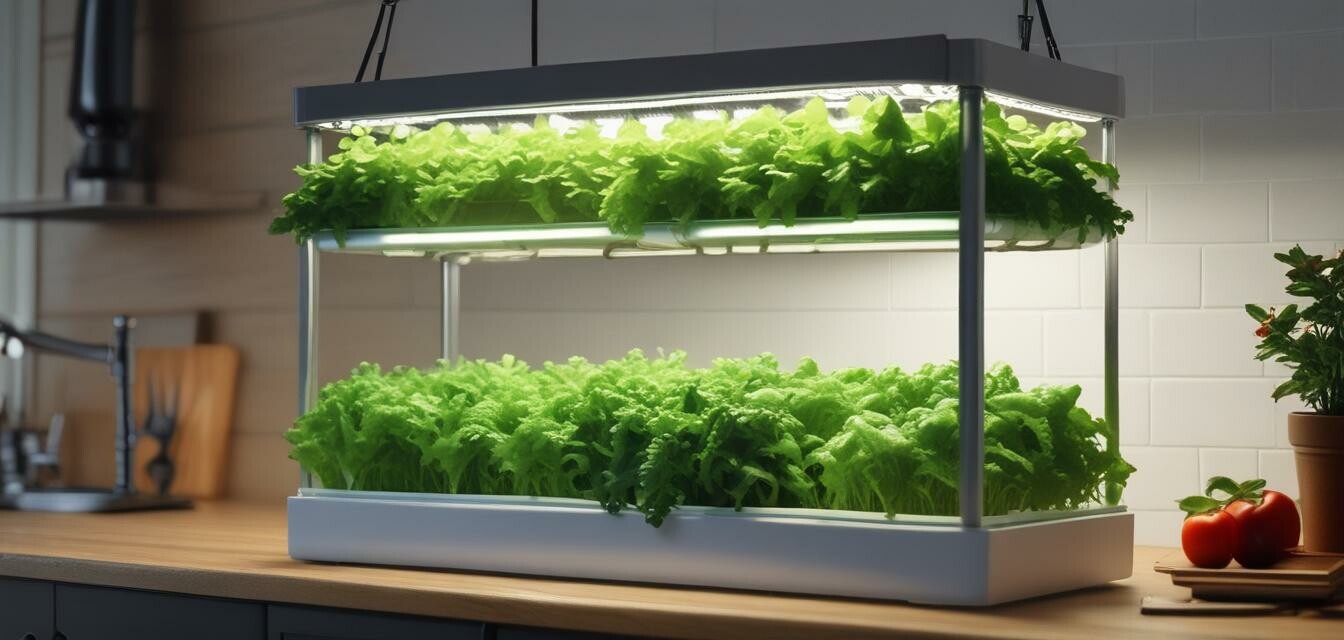
Hydroponics for Beginners
Starting your first hydroponic garden can be an exciting venture, but it can also be overwhelming for beginners. In this article, we'll take you through a step-by-step guide to help you set up your first hydroponic garden successfully.
Key Takeaways
- Choose the right hydroponic system for your needs
- Select the best plants for beginners
- Understand the importance of pH and nutrient management
- Learn how to troubleshoot common problems
What is Hydroponics?
Hydroponics is a method of growing plants without soil. Instead, plants are grown in a nutrient-rich solution that provides them with the necessary nutrients for growth. This method allows for faster growth rates, increased yields, and reduced water consumption.
Choosing the Right Hydroponic System
There are several types of hydroponic systems to choose from, including NFT (Nutrient Film Technique), DWC (Deep Water Culture), and Ebb and Flow. For beginners, we recommend starting with a compact countertop hydroponic kit.
| System Type | Description | Pros | Cons |
|---|---|---|---|
| NFT | Nutrient-rich solution is pumped through tubes to the roots | Water-efficient, easy to set up | Requires a pump, can be expensive |
| DWC | Plants are suspended above a nutrient-rich solution | Easy to set up, high yields | Requires a reservoir, can be messy |
| Ebb and Flow | Plants are flooded with a nutrient-rich solution at regular intervals | Flexible, easy to set up | Requires a timer, can be water-intensive |
Selecting the Best Plants for Beginners
When starting your first hydroponic garden, it's best to start with plants that are easy to grow and require minimal maintenance. Some of the best plants for beginners include:
- Leafy greens (lettuce, kale, spinach)
- Herbs (basil, cilantro, parsley)
- Cherry tomatoes
- Cucumbers
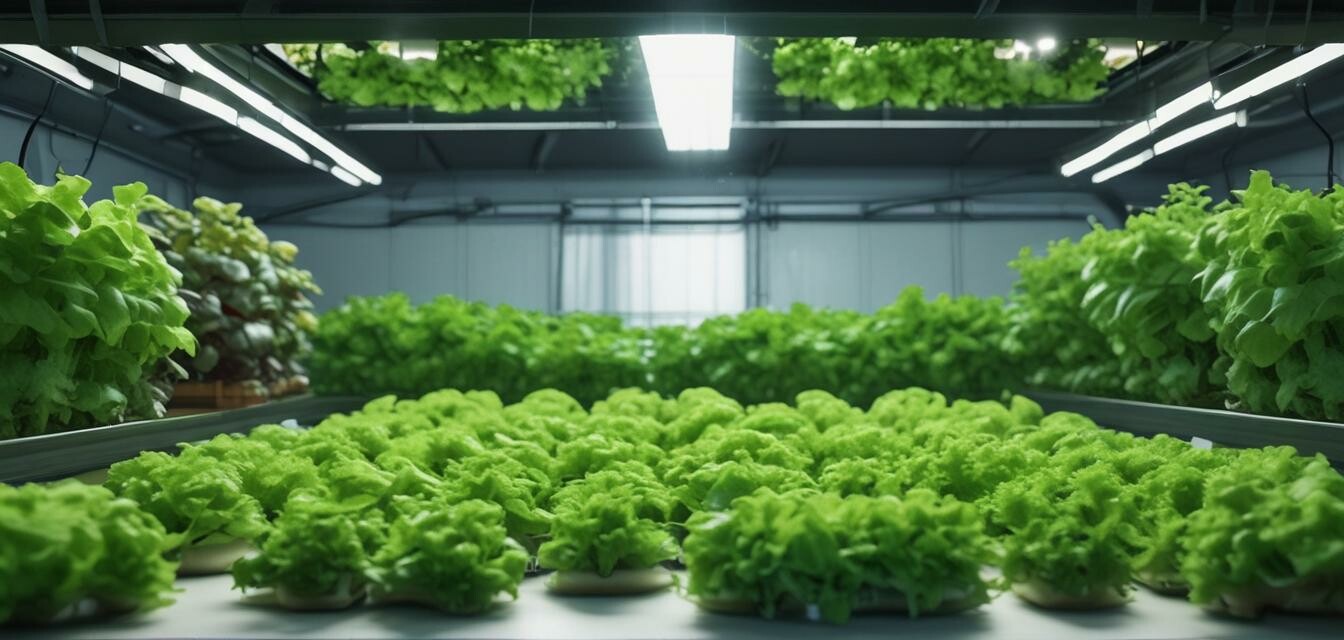
Understanding pH and Nutrient Management
pH and nutrient management are crucial for a successful hydroponic garden. pH levels should be between 5.5 and 6.5, and nutrients should be provided in the form of a balanced fertilizer.
| Nutrient | Function | Recommended Level |
|---|---|---|
| Nitrogen (N) | Promotes leaf growth | 10-20% |
| Phosphorus (P) | Promotes root growth | 5-10% |
| Potassium (K) | Promotes overall health | 10-20% |
Troubleshooting Common Problems
Some common problems that beginners may encounter include:
- Overwatering or underwatering
- pH imbalances
- Nutrient deficiencies
- Pests or diseases
By following these troubleshooting tips, you can identify and solve common problems:
- Check the system's water levels and adjust as necessary
- Monitor pH levels and adjust with pH adjusters
- Provide a balanced fertilizer
- Monitor for signs of pests or diseases and take action quickly
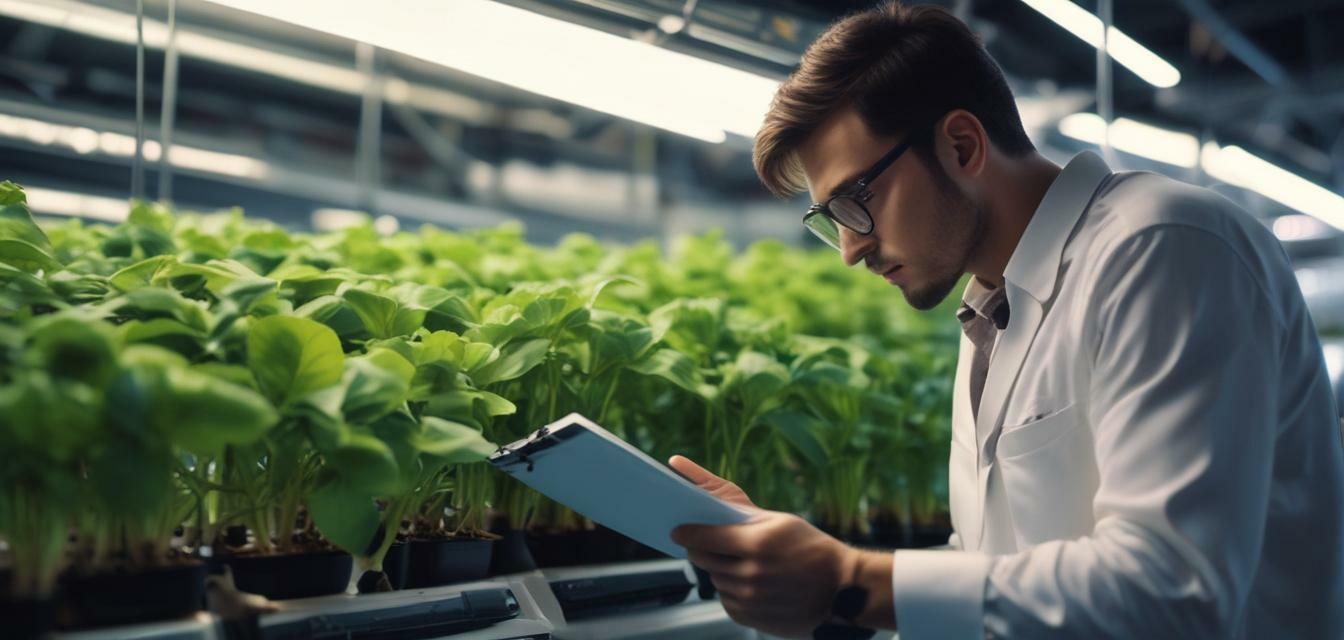
Conclusion
Starting your first hydroponic garden can be a fun and rewarding experience. By following these steps and tips, you can ensure a successful harvest and enjoy the benefits of hydroponic gardening.
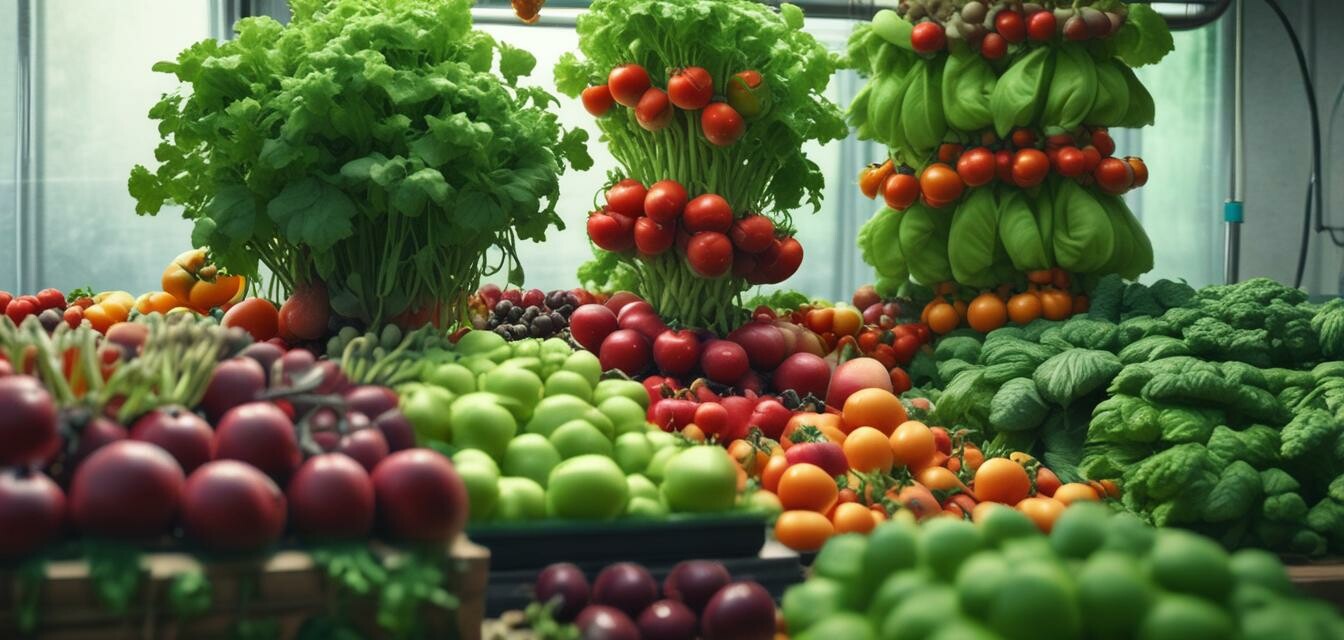
Beginners' Tips
- Start small and scale up as you gain experience
- Monitor your system regularly to prevent problems
- Experiment with different plants and nutrients
- Join a hydroponic community to learn from others
Pros
- Faster growth rates
- Increased yields
- Reduced water consumption
- Year-round growing
Cons
- Initial setup costs
- Requires regular monitoring
- Can be prone to pH imbalances
- May require additional equipment
